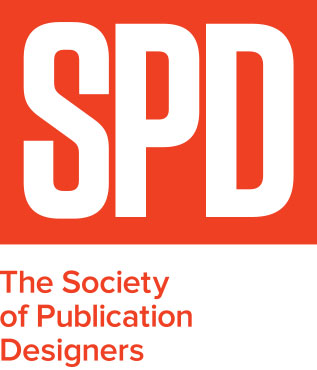Everything Old Is New Again
/Emma Rosenblum is a best selling author and is about to release a new novel. But that’s not why she’s here.
As the chief content officer at BDG, overseeing content and strategy for titles like Bustle, Elite Daily, and Nylon, she has witnessed some if not all of the massive shifts and changes in the media business. The ups and downs and highs and lows, as it were.
Emma’s media past includes stints at New York magazine, where she began her career, Glamour, Bloomberg Businessweek, Bloomberg Pursuits, where she served as editorial director, and Elle, where she was executive editor.
Meaning she’s a good person to talk to about the state of media today, a world where the change never stops. And she also has an insider’s opinion about the traditional big publishers and the advantages that BDG, as a digital-first operation, might have over them.
And did we mention she’s an author? Her first novel, Bad Summer People, was a national bestseller and her second novel, Very Bad Company, will be released in the coming weeks.




